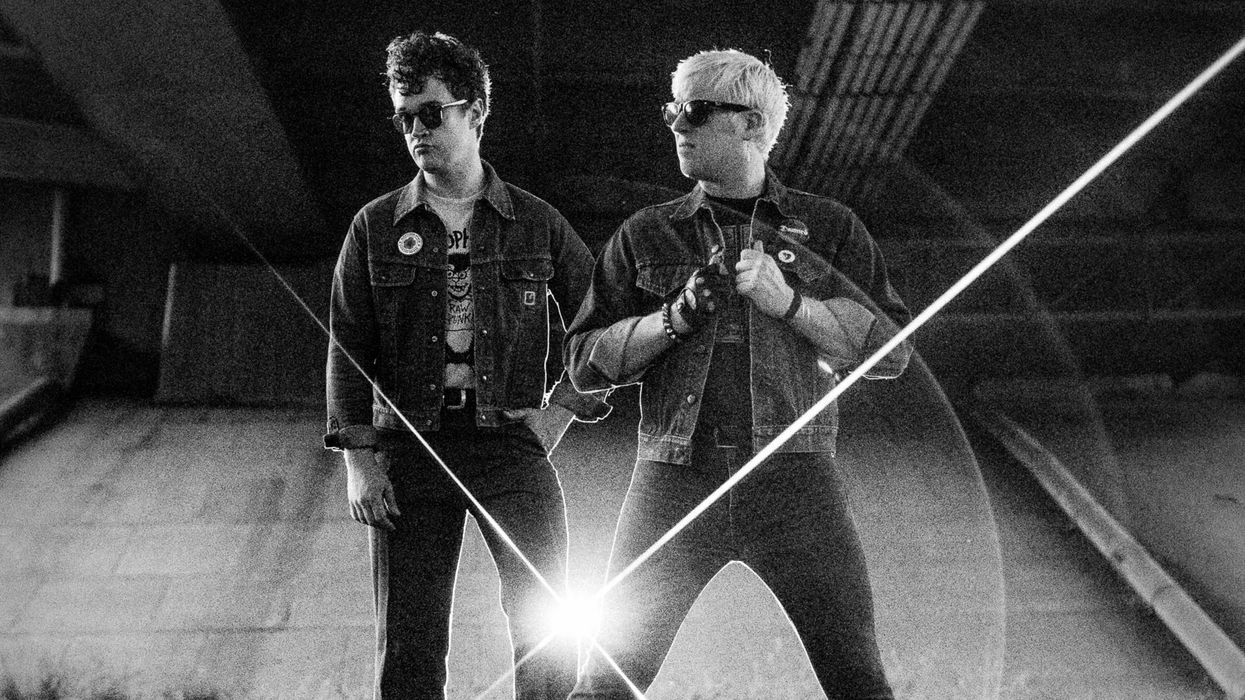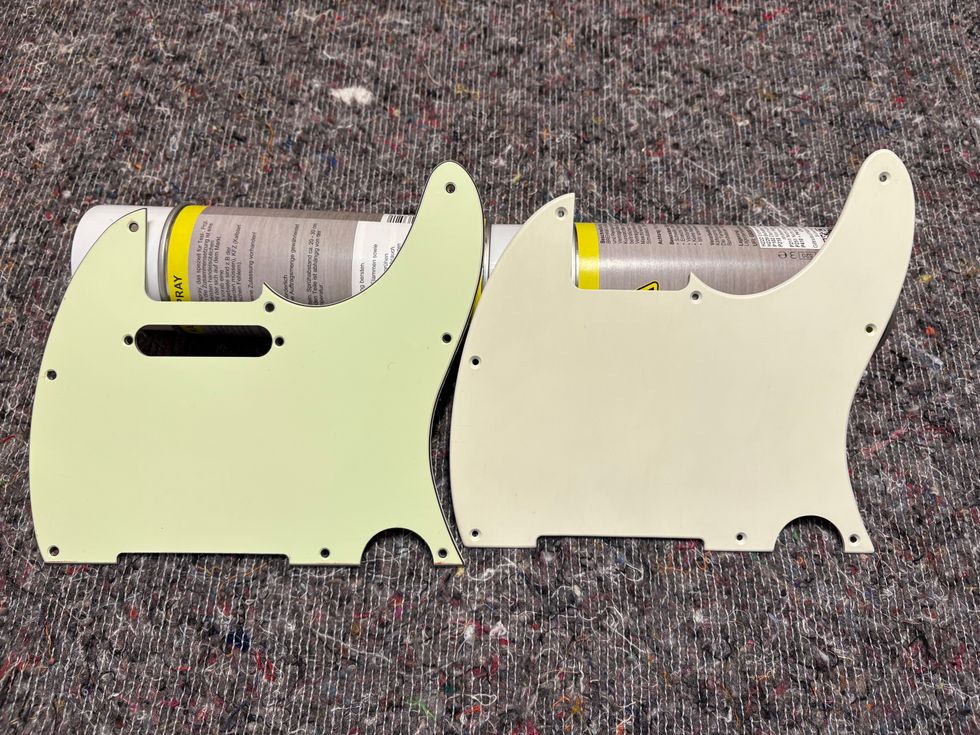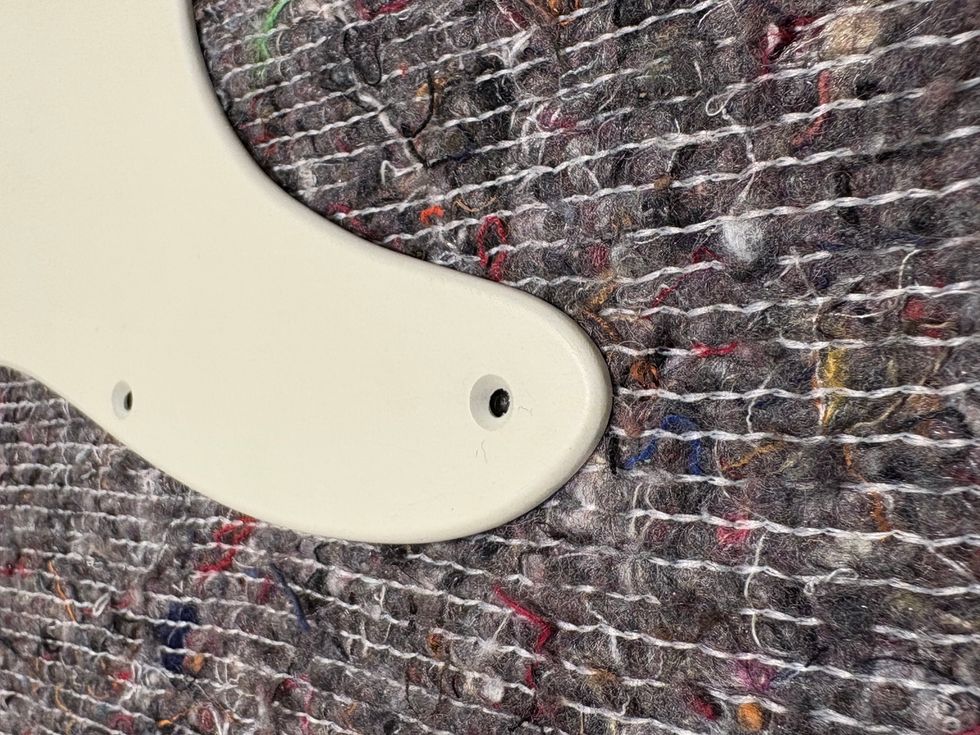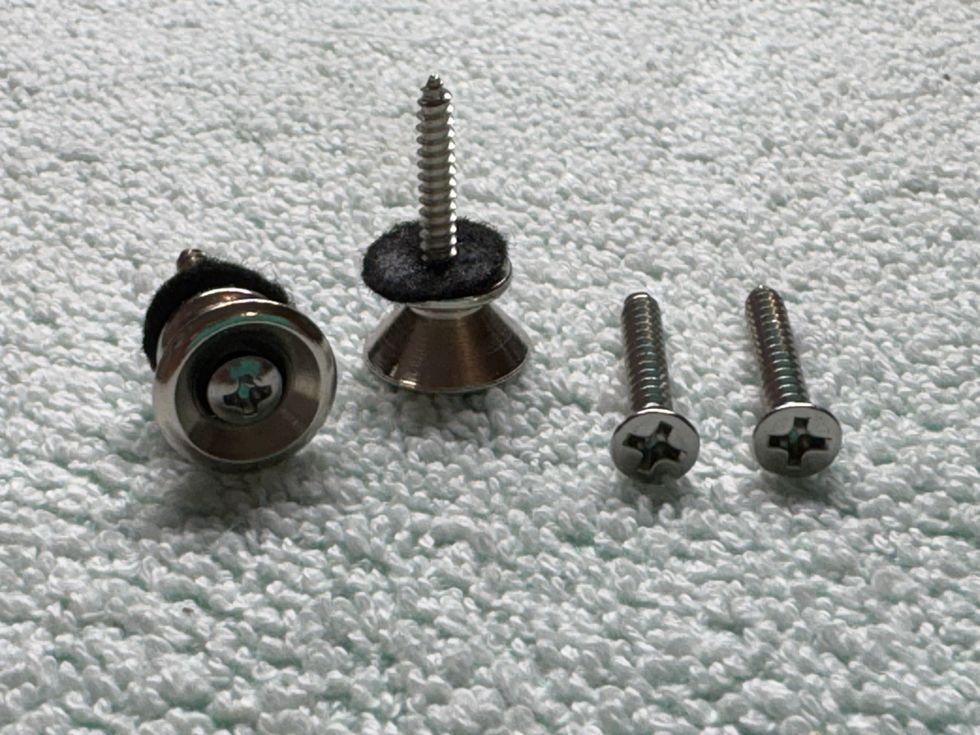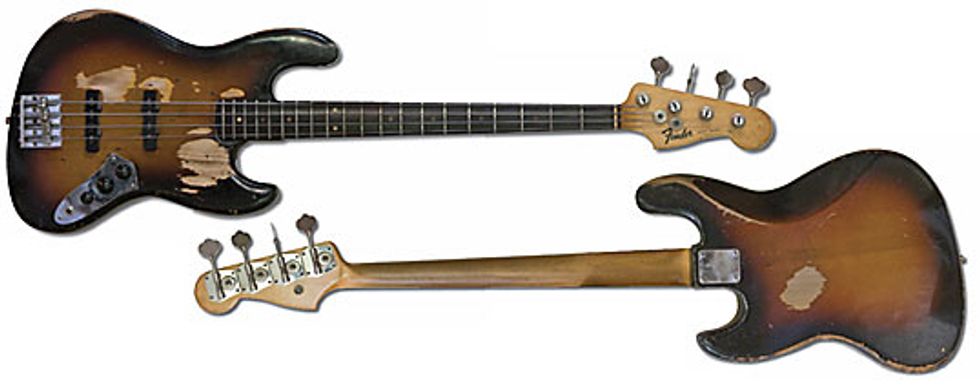
Hello all and welcome back to The Low End. This month we’ll begin exploring the four Rs of vintage-style basses: refins, relics, replicas and reissues. But why are we going to look at the four Rs, you ask? Well, let’s face it; vintage instrument prices have quite frankly gotten out of hand for the average buyer. Thankfully, a nonoriginal vintage bass or vintage-style bass may satisfy what you are looking for, without incurring the wrath of your spouse when the bill comes in. Over the course of this series, we will explore some practical and viable alternatives that make fiscal sense, as well as a tonal and/or visual statement. To make our exploration as comprehensive as possible, we’ll be focusing primarily on Fender-based instruments. So while we all agree that $9000 is a lot of cash to plunk down on a 1964 all-original Fender Jazz Bass, with some alternatives, we might be able to save you up to 85 percent of your money. But before we dig in, let’s discuss what each of the four R’s represents.
A refin is the industry term for a refinished original item. A relic can be one of two things: in the catalog sense, a relic is a factorybuilt, higher-end copy of its original vintage item – these are sold new with artificial wear. The term relic is also used for an artificial aging process, but we won’t be discussing this in depth in this series. A replica is a knock-off of the real thing but is assembled by a professional luthier or firm – these basses are of a higher quality than a “parts” bass and most often only use licensed pieces. The last R is the reissue, which is nothing more than a bass made by the original factory which emulates the real deal. These can range from off-shore budget items to USA-built premium production line items – when it comes to reissues, we’ll be covering the higher-end instruments and skipping over the budget lines. When this series is complete you will have enough knowledge to determine what item is best for you and your wallet.
Refins
Refinished basses fall into three categories:
- Body-only refins,
- Complete refins of the entire instrument or
- Either 1 or 2 with changed parts.
When buying a refin, expect to see a repro guard and changed pots – these are always the first pieces used to resurrect an original piece with damaged or missing parts. The case is usually the next item to go AWOL. Also take a look at the frets – a professionally done fret job is a definite bonus here. Think of it this way: you wouldn’t drive a 40-year-old restored car with original tires. Likewise, these are basses that will be used, so make sure the playability is to your liking. Sometimes a simple set up is all you need, sometimes it’s a refret and other times it’s more. After 35 years I can gauge this with 95 percent accuracy and I travel with my luthier to assist me on the other five. Make sure you have the ability to have any issues and all of your parts verified.
My purchasing philosophy is simple: if you dig the bass and the price is fair, buy it. But how exactly do you price a refin? It is surprisingly easy. Keep in mind these are rough numbers, but a bass with a professional body-only refin, with all original parts and an original case is worth 65 to 70 percent of an original factory item in very good condition. A complete, professionally refinished item is worth about 60 percent. To factor in an item’s devaluation due to replaced parts, you first have to determine the actual cost of buying the parts you need. Figure 60 to 75 percent of the cost of those parts – that is roughly the price of additional devaluation. Keep in mind that these are ballpark estimates only, but this is exactly what my shop does when we make a cost determination on a refinished instrument purchase.
So what are the pros and cons of a refinished instrument purchase? On the pro side, you can essentially buy a real, suitable-for-gigging vintage bass and still have relative peace of mind. Your refin bass should hold its value or even experience a slight rise in value come sale time. On the con side, if you are buying a ‘63 Jazz Bass, you could spend $6500 on a refinished J you’ll love – but that $6500 could also get you a completely original, pre-CBS Precision Bass. Likewise, the $10,000 you could spend on a refinished Stack Knob could also be spent on a terrific, original ’64 Jazz Bass. The lesson here is to look at all of your alternatives before you buy.
Next month we will continue this installment with the three remaining Rs. On a personal note, I would like to thank all of the readers who stopped by to say hello at the last few trade shows. It feels really good knowing this column is useful to you folks. Until next time, drop the gigbag and don’t forget the cannolis.
Kevin Borden
Kevin Borden has been a bass player since 1975, and is currently President of Goodguysguitars.com.
Feel free to call him KeBo.
He can be reached at Kebobass@yahoo.com








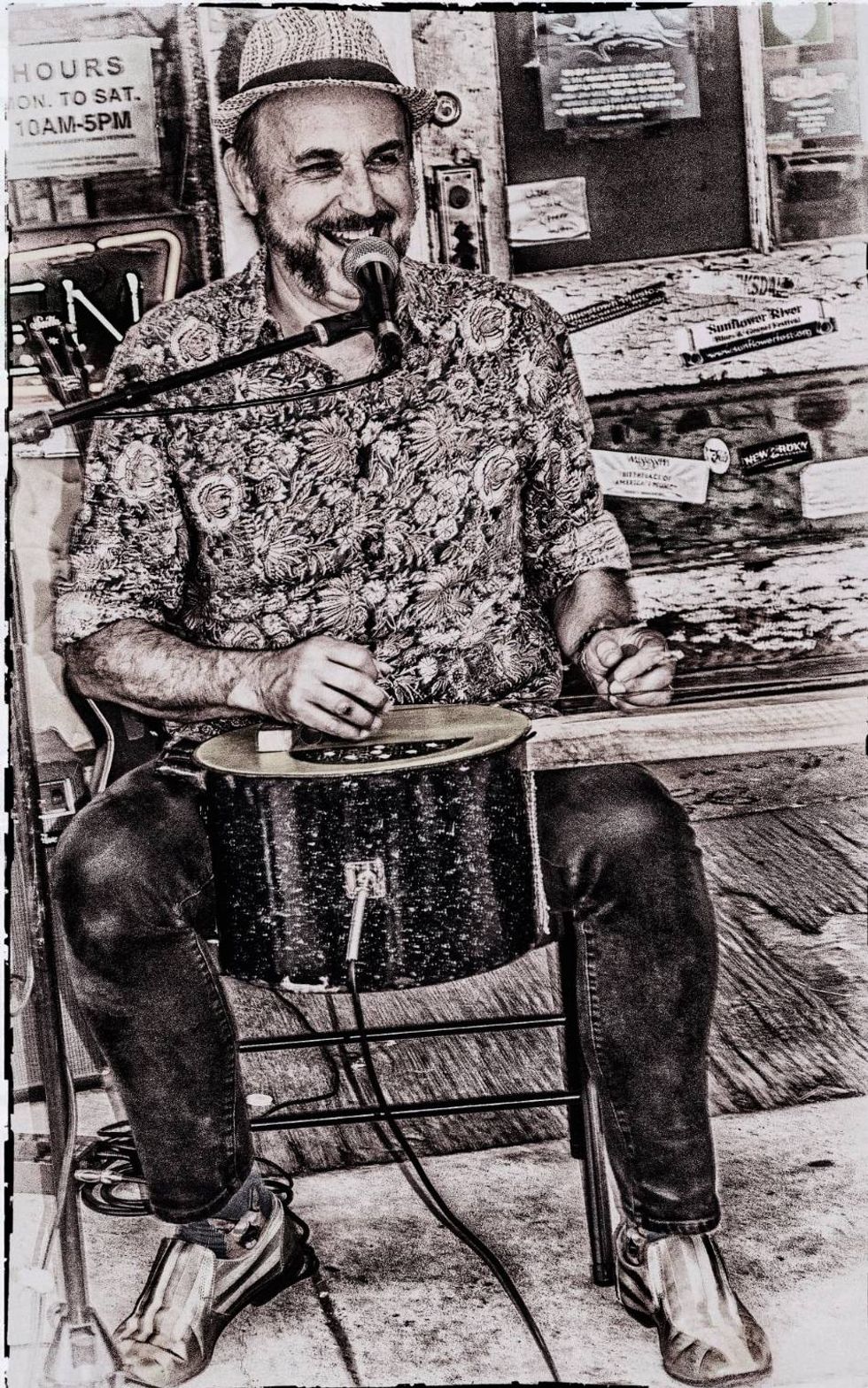
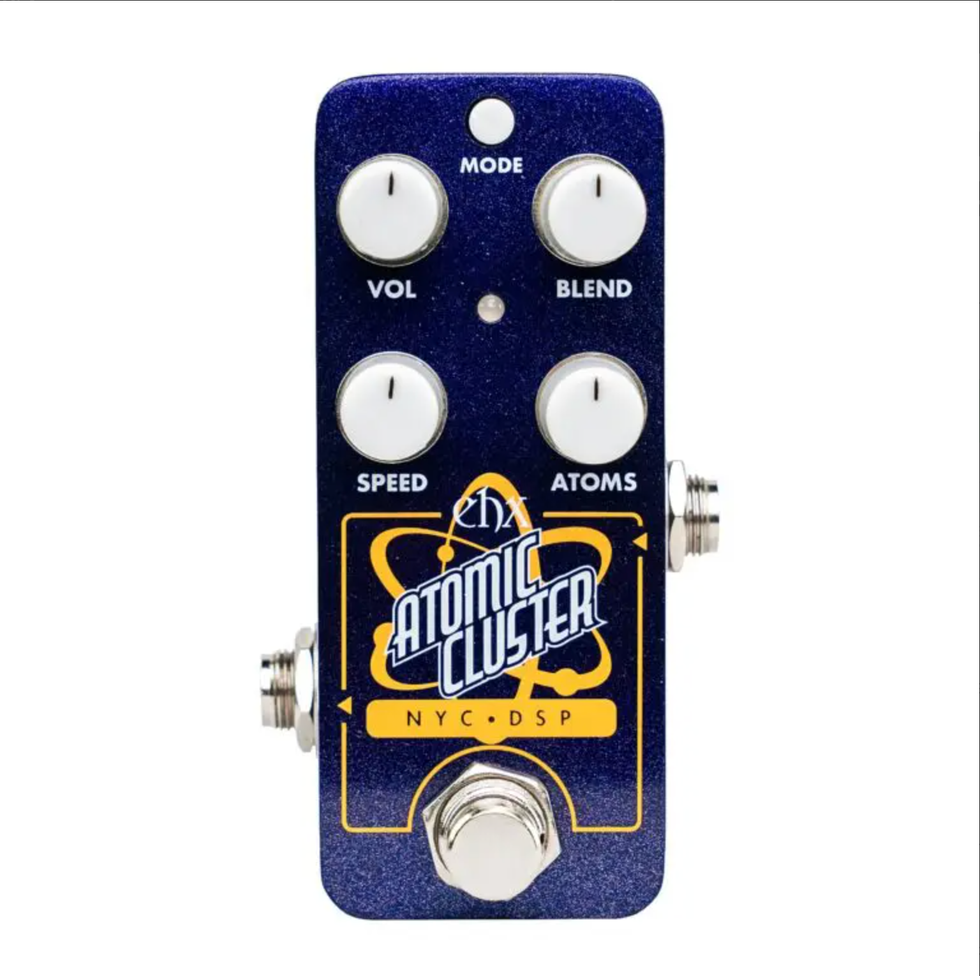

![Rig Rundown: Russian Circles’ Mike Sullivan [2025]](https://www.premierguitar.com/media-library/youtube.jpg?id=62303631&width=1245&height=700&quality=70&coordinates=0%2C0%2C0%2C0)


![Rig Rundown: AFI [2025]](https://www.premierguitar.com/media-library/youtube.jpg?id=62064741&width=1245&height=700&quality=70&coordinates=0%2C0%2C0%2C0)


